Douglas Iris in Desert Heat & Sun
bearstate
16 years ago
Related Stories
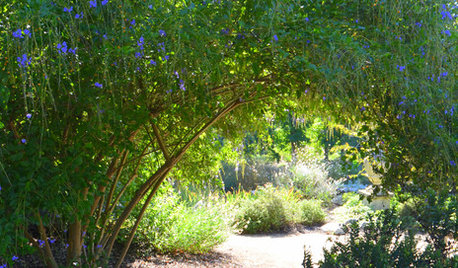
FLOWERS AND PLANTSHeat-Loving Duranta Erecta Blooms From Spring Into Early Fall
Golden dewdrops, a versatile tropical shrub, has delicate purple and white blossoms
Full Story
GARDENING AND LANDSCAPINGPatio Details: Sliding Fabric Panels Filter the Light Just Right
Stepping up to the harsh sun and heat of the desert Southwest, this intimate patio is an exotic escape right outside
Full Story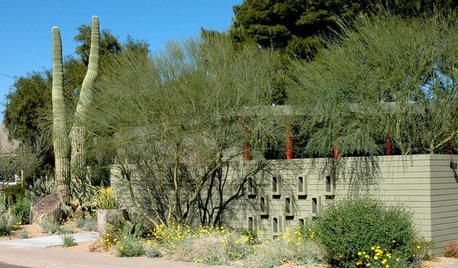
GARDENING GUIDESGreat Design Plant: Parkinsonia Florida
Blue palo verde's trunk and branches provide a beautiful backdrop to a spectacular spring show in the desert
Full Story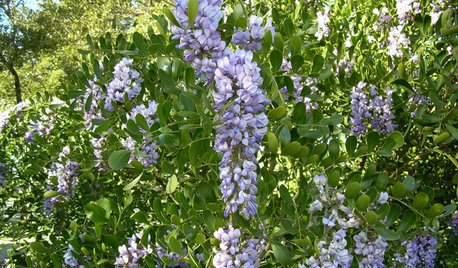
GARDENING GUIDESGreat Design Plant: Texas Mountain Laurel
An unusual scent and lush violet-blue blooms make this heat-loving plant a singular choice for your landscape
Full Story
WINDOWSHow to Ditch the Drapes and Let Your Windows Shine
If your home has beautiful windows and you don’t need to hide a view, consider dressing them in these elegant, creative ways
Full Story
WINDOW TREATMENTSHow to Choose the Right Window Blinds
Get the privacy, light filtering and look you want with this breakdown of blind options
Full Story
SAVING WATERHouzz Call: Are You Letting Go of Your Lawn?
Many facing a drought are swapping turf for less thirsty plantings. If you’re one of them, we’d like to hear about it
Full Story
GARDENING AND LANDSCAPINGHow to Make a Pond
You can make an outdoor fish paradise of your own, for less than you might think. But you'll need this expert design wisdom
Full Story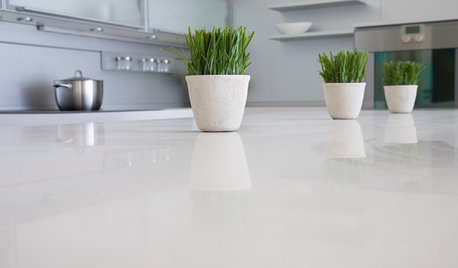
KITCHEN DESIGNKitchen Counters: Stunning, Easy-Care Engineered Quartz
There's a lot to like about this durable blend of quartz and resin for kitchen countertops, and the downsides are minimal
Full Story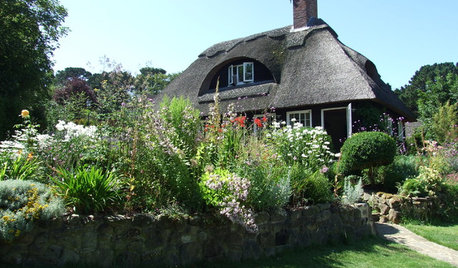
LANDSCAPE DESIGNHow to Create a Cottage-Style Garden
If you like an abundance of plants — and visits from birds, bees and butterflies — this may be the style of yard for you
Full StorySponsored






randy_ca
bearstateOriginal Author
Related Professionals
Accokeek Landscape Architects & Landscape Designers · Ballwin Landscape Architects & Landscape Designers · Baltimore Landscape Architects & Landscape Designers · Severn Landscape Architects & Landscape Designers · Edmond Landscape Contractors · Gainesville Landscape Contractors · Cicero Landscape Contractors · Commack Landscape Contractors · Elkridge Landscape Contractors · Fairhope Landscape Contractors · Huntington Landscape Contractors · Lynwood Landscape Contractors · Norwalk Landscape Contractors · Tinton Falls Landscape Contractors · Westchester Landscape Contractorssparxiris
bearstateOriginal Author
bearstateOriginal Author
gardengal48 (PNW Z8/9)
bearstateOriginal Author
bearstateOriginal Author